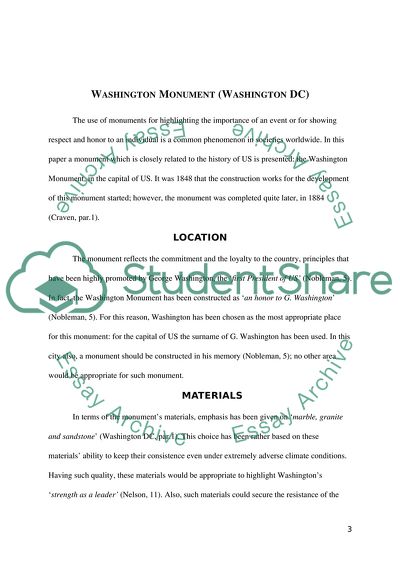Cite this document
(“Washington monument ( Washington DC ) Research Paper”, n.d.)
Retrieved from https://studentshare.org/engineering-and-construction/1664393-washington-monument-washington-dc
Retrieved from https://studentshare.org/engineering-and-construction/1664393-washington-monument-washington-dc
(Washington Monument ( Washington DC ) Research Paper)
https://studentshare.org/engineering-and-construction/1664393-washington-monument-washington-dc.
https://studentshare.org/engineering-and-construction/1664393-washington-monument-washington-dc.
“Washington Monument ( Washington DC ) Research Paper”, n.d. https://studentshare.org/engineering-and-construction/1664393-washington-monument-washington-dc.


